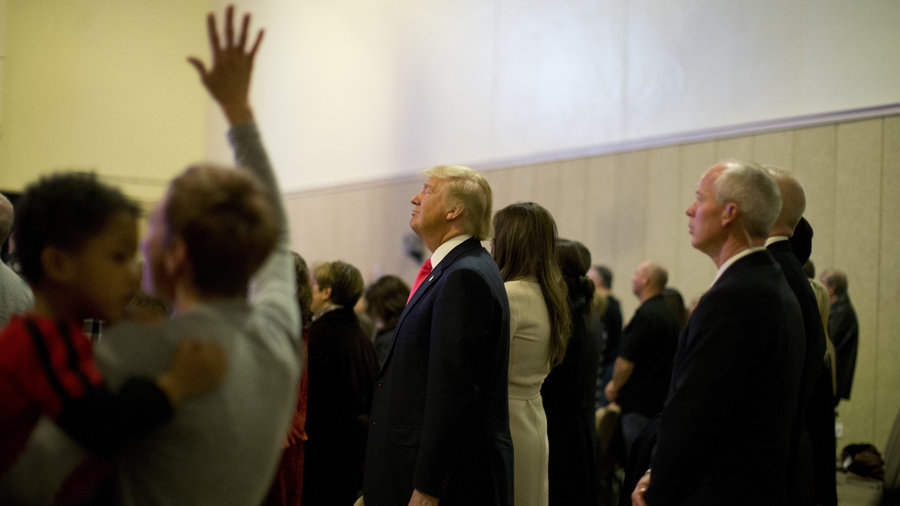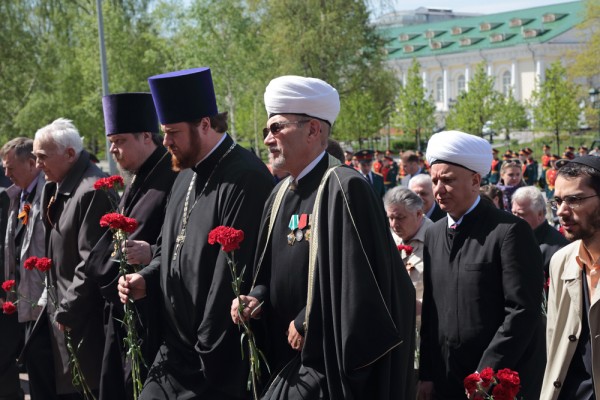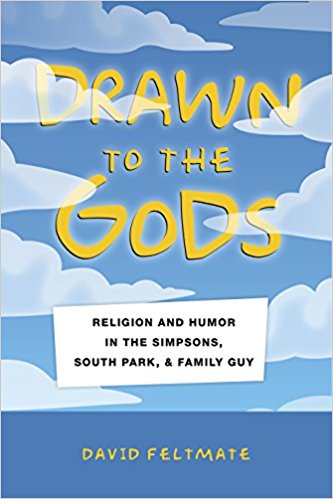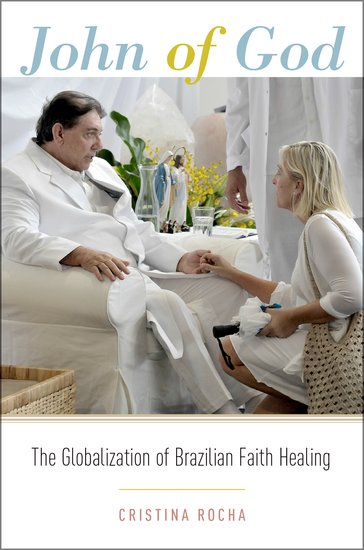
The current issue of the journal Religion and American Culture (Winter, 2017) features a 53-page section on “Studying Religion in the Age of Trump,” bringing together a wide range of prominent scholars to weigh in on this contested topic. Judging by the contributions, the election of Donald Trump has upset the theories and paradigms held by many scholars for understanding religion and politics in general and the Religious Right in particular. Historian Anthea Butler captures the tone and sentiment of many, writing, “The election of Donald Trump to the presidency has destroyed my thinking about evangelicals and political action and has given credence to what I knew in my gut: that our definition of `evangelical’ whether based in beliefs, politics, or behavior was wrong. …we will need basically to scrap what we think we know about the `culture wars’ and deal with another trajectory altogether, one that takes seriously that the term `Religious Right’ not only includes white evangelicals, but whites who come out of these other iterations of Pentecostal-like movements, including prosperity gospel. We will have to take seriously the issue of race and racism at the core of how evangelicalism is constructed….”
Several articles take note of the prosperity gospel—whether in Trump’s own biography or in the circle of charismatic preachers that supported him during his campaign—and how the movement may have political implications that have been understudied. Northwestern University’s Robert Orsi provides a provocative essay on white working-class Catholics and how reactions to Trump revealed long-simmering cleavages within parishes and families and between genders and generations. He adds that as a catalyzing figure, Trump brought to the surface the “hidden injuries” of the Catholic working class, including its “religious damages,” where, after Vatican II, “decisions about how they would pray…what they could and could not do in church, and whether there would be a statue of the Blessed Mother for them to address their petitions were all made by newly empowered middle-class and upper-class lay elites in alliance with priests who would rather associate with prosperous rather than working-class parishioners.” Other contributions focus on the “Alt-Right” and its religious diversity (including Neo-Pagans) and how immigration has become a new point of conflict among American religious groups. For more information on this issue, visit: http://rac.ucpress.edu.


Although sympathetic to the new psychedelic turn, Lattin reports fairly on this emergent and divided subculture split between hedonists, scientific rationalists, and spiritualists. Especially interesting is his in-depth look at the spiritual entrepreneurs who are trying to usher in this revolution, pending the drugs’ legalization and legitimization—if psychedelics follow the trajectory of marijuana’s growing acceptance. It’s noteworthy that such psychedelic-spiritual seekers and promoters—and Lattin himself—rarely use the term “hallucinogenic” to describe these substances; they consider these experiences as spiritually real. Such proponents support a theory of the mind that views these substances as allowing one’s brain and consciousness to experience, or tune in (like with an antenna) to, spiritual forces. There is also considerable therapeutic influence in psychedelic spirituality, with guides and counselors typically helping to process and interpret the user’s spiritual experience. Aspects of Eastern religions are most often linked with psychedelic spirituality, although Latin American shamanism has grown in popularity thanks to the growing use and promotion of ayahuasca. Lattin reports that researchers still find it difficult to find Christian or Jewish clergy to volunteer for psychedelic drug trials (like they did in the first phase of drug trials 50 years ago); when pioneering psychedelic researcher and spiritual teacher Rick Strassman moved from incorporating Hindu and Buddhist teachings to using the Hebrew Bible, he met resistance and protests that it is “too religious.”
“American Christianity” broadly understood (or misunderstood) preoccupies the attention of these shows’ writers and producers, as they portray churches, clergy, and their members as irrelevant and backward in their views on morality and everyday life. Evangelical Christianity is particularly mocked—personified by the character of Ned Flanders in The Simpsons, though the other two shows use outright sacrilege and blasphemy to make their points. Feltmate concludes that the superficial and stereotypical portrayals of religion in these shows pose risk in pluralistic America. In the end, both the religions satirized and the shows’ creators are involved in “religious work” as they seek to promote their very different ideas of the sacred. He concludes that religious satire can perform a civic function if both parties acknowledge their own sacred visons and engage in intelligent criticism based on a common humanity.

Neither John of God nor The Entity offers teachings, Rocha notes, but visitors tend to be familiar with New Age worldviews as diffused today in popular culture. Some of the visitors are also followers of Indian gurus or other teachings. Not unlike those of many other Brazilians, John of God’s beliefs are syncretic. He claims to have a universal approach and not to preach any religion, but the background reveals Catholic (healing sessions start with Catholic prayers), Kardecist Spiritist, and Umbandist (a mix of Spiritism and Afro-Brazilian religions) features. Kardecist Spiritism (i.e. French Spiritism as codified by Allan Kardec and appropriated by Brazilian audiences) has been present in Brazil since the 19th century, and direct affiliation to it has been growing in Brazil (from 1 percent of the population in 1991 to 2 percent in 2010, plus people who are nominally Catholic and do not regard Spiritism as a religion). There are clear signs that a community has been born around John of God, with weddings and baptisms increasingly practiced at the Casa, as the center of the movement is known.
People get baptized in order to be closer to the entities and protected by them or to show their commitment to them. People also meet in their home countries, attempting to reproduce what they experienced in Brazil (including music, rituals, prayers in Portuguese, and food). People dress in white, as they would at the Casa. People also read books or watch DVDs about John of God, considering these practices as ways to open the body to healing. Based on her observations, Rocha suggests that this pattern demonstrates how New Age inspiration, despite porous and fluid beliefs, can create community. She emphasizes John of God and his movement as one more example of the South as a source of global flows. Regarding the future, although John of God and his much younger wife had a baby in 2015, there are concerns about his health and longevity. He has not delivered teachings that can be immortalized in books, Rocha observes. While the place could become a pilgrimage spot for people looking for healing energy once John of God passes from the scene, another possible scenario is that some of his followers will turn toward other Brazilian healers who could offer them hope—and maybe also give rise to communities.
